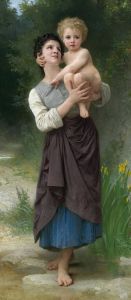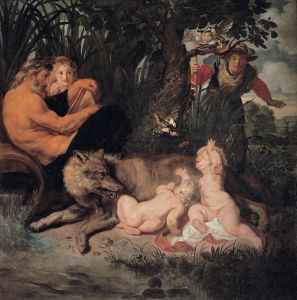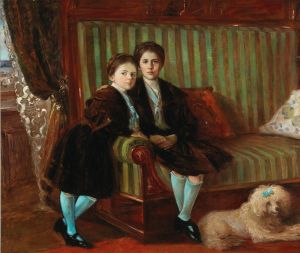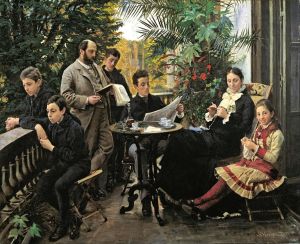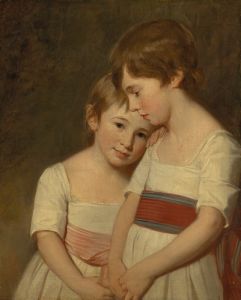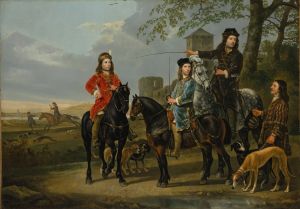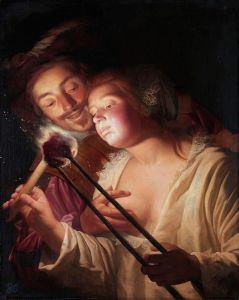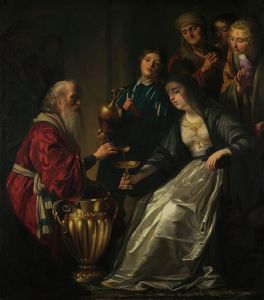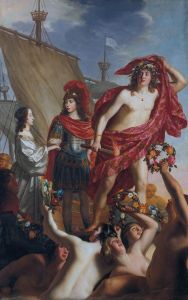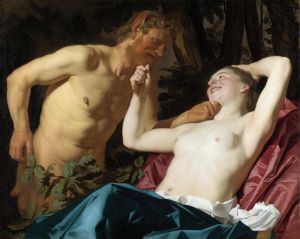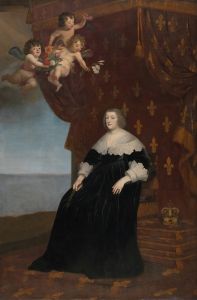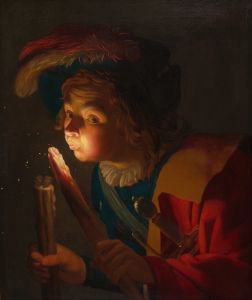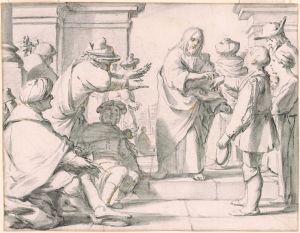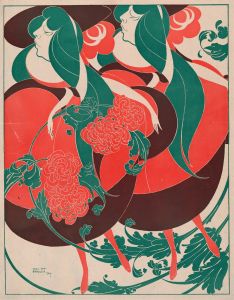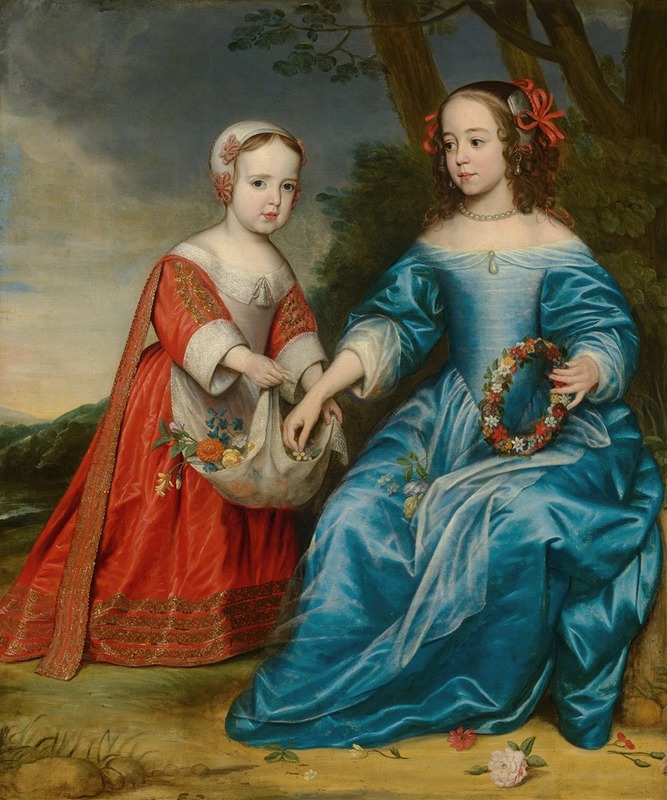
Double Portrait of Prince Willem III and his Aunt Maria,Princess of Orange as Children
A hand-painted replica of Gerard van Honthorst’s masterpiece Double Portrait of Prince Willem III and his Aunt Maria,Princess of Orange as Children, meticulously crafted by professional artists to capture the true essence of the original. Each piece is created with museum-quality canvas and rare mineral pigments, carefully painted by experienced artists with delicate brushstrokes and rich, layered colors to perfectly recreate the texture of the original artwork. Unlike machine-printed reproductions, this hand-painted version brings the painting to life, infused with the artist’s emotions and skill in every stroke. Whether for personal collection or home decoration, it instantly elevates the artistic atmosphere of any space.
The Double Portrait of Prince Willem III and his Aunt Maria, Princess of Orange as Children is a painting created by the Dutch Golden Age artist Gerard van Honthorst. This artwork depicts Prince Willem III of Orange, who would later become King William III of England, Scotland, and Ireland, alongside his aunt, Maria, Princess of Orange. The painting is believed to have been completed during the mid-17th century, a period when van Honthorst was an active and prominent portraitist in the Dutch Republic.
Gerard van Honthorst (1592–1656) was a renowned painter known for his mastery of chiaroscuro and his ability to capture the likeness and character of his subjects. He was a favored artist among the Dutch elite and European royalty, often commissioned to create portraits and historical scenes. His work reflects the grandeur and sophistication of the Dutch Golden Age, and he was particularly skilled in portraying the nobility with a sense of elegance and formality.
The double portrait features Prince Willem III as a young boy, accompanied by his aunt Maria, who was the sister of his father, Prince Frederik Hendrik of Orange. The composition of the painting emphasizes the familial bond between the two figures, with both subjects dressed in fine clothing that reflects their high social status. The use of light and shadow, a hallmark of van Honthorst's style, adds depth and dimension to the figures, highlighting their youthful features and the richness of their attire.
Prince Willem III was born in 1650, shortly after the death of his father, and was raised under the guardianship of his mother, Mary, Princess Royal, and his extended family, including his aunt Maria. His early life was marked by political and familial challenges, as the House of Orange navigated its role within the Dutch Republic. This portrait serves as a visual representation of his noble lineage and the close ties within his family.
The painting is an example of the role of portraiture in the 17th century, particularly among the European aristocracy, where such works were used to assert status, lineage, and familial connections. It is currently housed in a museum collection, though specific details about its provenance and current location are not widely documented.
This artwork remains a testament to van Honthorst's skill as a portraitist and provides insight into the lives of the Dutch nobility during the Golden Age.





